Keeping Your Campsite and Waterway Clean While Angling
Angling is more than just a pastime; it’s a communion with nature that offers both relaxation and excitement. However, with this privilege comes responsibility. As anglers, we are stewards of the environments we enjoy, and maintaining clean campsites and pristine waterways is essential for preserving these natural treasures for future generations. The impact of careless practices can be devastating to aquatic ecosystems and wildlife.
From discarded fishing line entangling birds to plastic waste polluting waterways, the consequences of neglect are far-reaching. This article explores comprehensive strategies for responsible angling practices that minimize environmental impact while maximizing enjoyment of the great outdoors.
Understanding the Environmental Impact of Angling
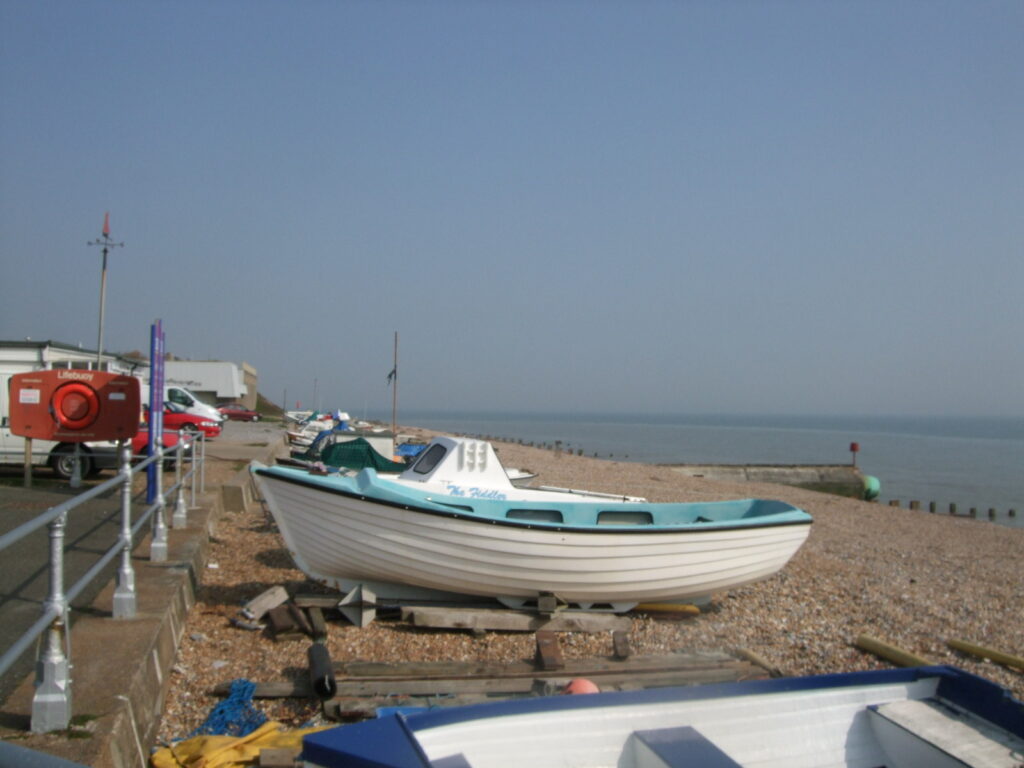
Angling, while a cherished recreational activity, can inadvertently harm the environment when practiced without consideration for ecological consequences. Discarded fishing gear, particularly monofilament line, can persist in the environment for hundreds of years, creating deadly hazards for wildlife that become entangled. Abandoned bait containers, food packaging, and other camping supplies contribute to the growing problem of plastic pollution in our waterways, eventually breaking down into microplastics that enter the food chain.
Additionally, improperly disposed of human waste can introduce harmful bacteria and pathogens into water systems, threatening both wildlife and human health. Understanding these impacts is the first step toward adopting more responsible practices that preserve the natural beauty and ecological integrity of our fishing destinations.
Planning Ahead for Low-Impact Fishing Trips
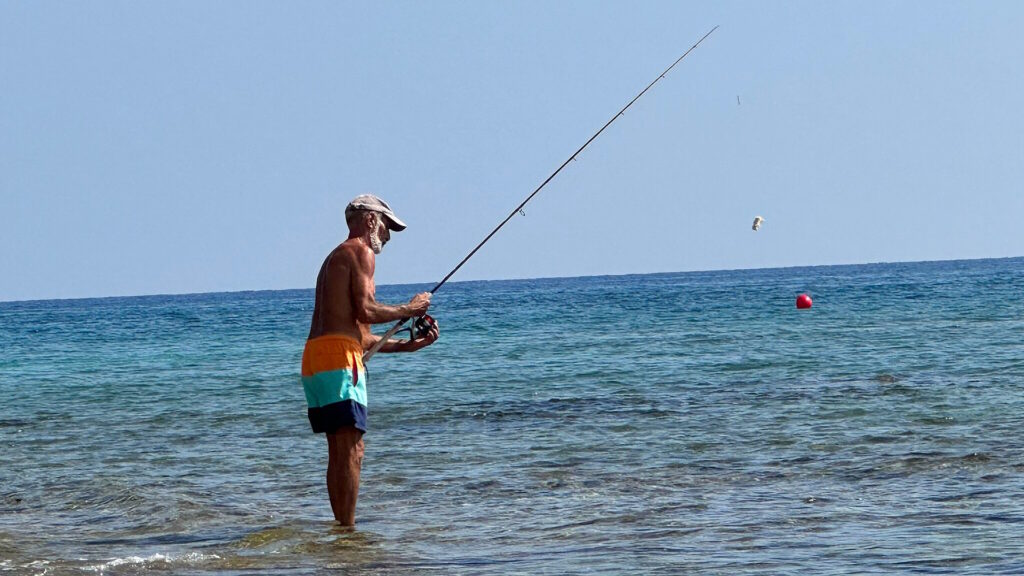
Effective preparation is the foundation of environmentally responsible angling excursions. Before heading out, research the specific regulations and conservation guidelines for your destination, as these often include important environmental protections tailored to local ecosystems. Pack reusable containers, water bottles, and utensils to minimize the disposable items you’ll need to manage during your trip.
Consider investing in biodegradable fishing line and lead-free sinkers that reduce potential harm to aquatic life if lost. Create a detailed checklist of all supplies needed, which helps prevent overpacking and reduces the likelihood of leaving items behind. Thoughtful preparation not only lightens your environmental footprint but also enhances your angling experience by eliminating unnecessary complications in the field.
Essential Gear for Clean Campsite Maintenance
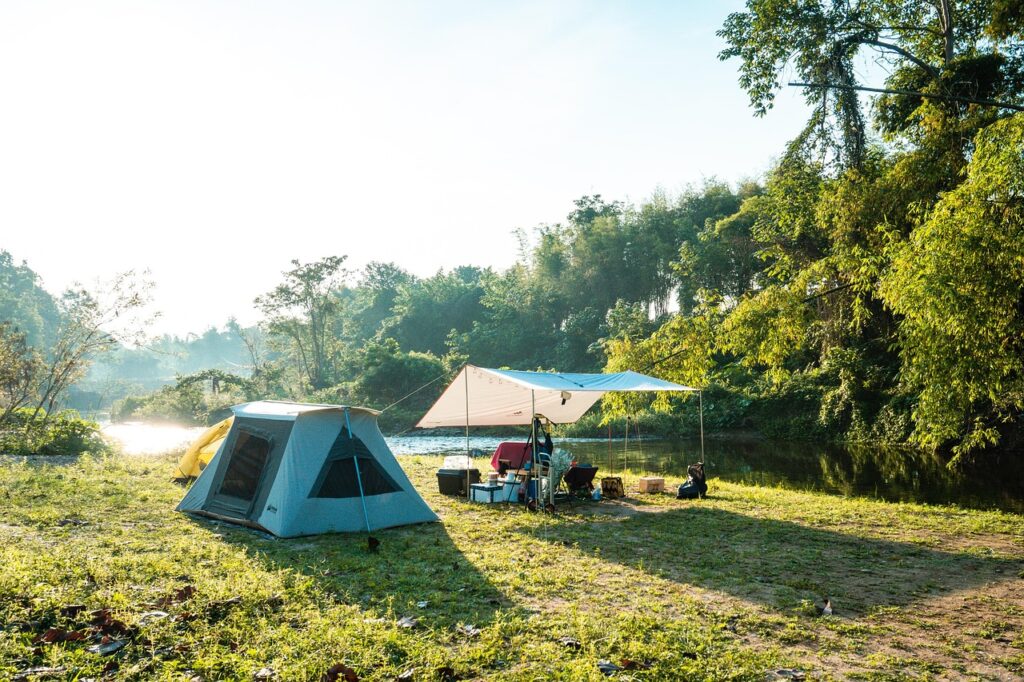
Maintaining a clean campsite requires specific tools that facilitate proper waste management in outdoor settings. A dedicated trash bag system—ideally including separate containers for recyclables, food waste, and general trash—forms the cornerstone of effective campsite cleanliness. Portable hand-washing stations or biodegradable soap allow for proper hygiene without contaminating natural water sources. Specialized fishing line containers, such as the Berkley Fishing Line Recycling Tube or similar homemade alternatives, provide safe storage for your used or broken line until you can properly dispose of or recycle it.
Additionally, a small rake or camp broom helps collect microtrash like cigarette butts, small bits of plastic, or food scraps that might otherwise be overlooked. These essential items require minimal space in your gear but make a significant difference in preserving the natural environment around your fishing site.
Proper Disposal of Fishing Line and Hooks
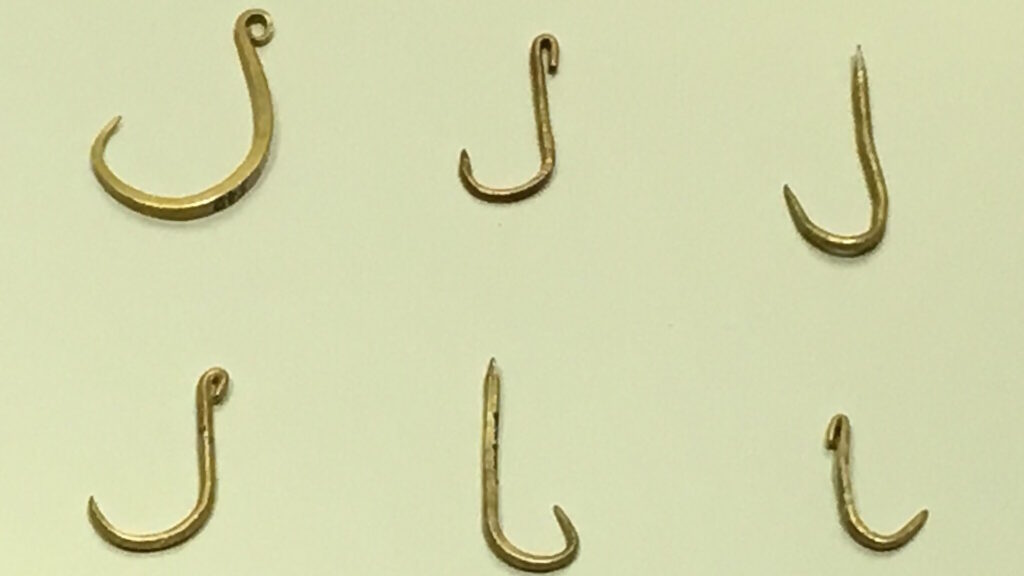
Fishing line presents one of the most insidious threats to wildlife when improperly discarded, as birds, mammals, and aquatic creatures can become fatally entangled in this nearly invisible material. When line becomes snagged or damaged, cut it into small pieces (six inches or less) before placing it in a secure container to prevent entanglement hazards during transport.
Many tackle shops and sporting goods stores participate in monofilament recycling programs that convert used line into useful products like tackle boxes or fish habitat structures. Hooks present additional challenges due to their sharp points; blunt the barbs before disposal or wrap them securely in paper or tape to prevent injury to wildlife or waste management workers.
For those fishing in remote areas without immediate access to proper disposal facilities, storing these items securely until returning to civilization demonstrates the highest level of angling ethics and environmental responsibility.
Managing Food Waste at Fishing Campsites
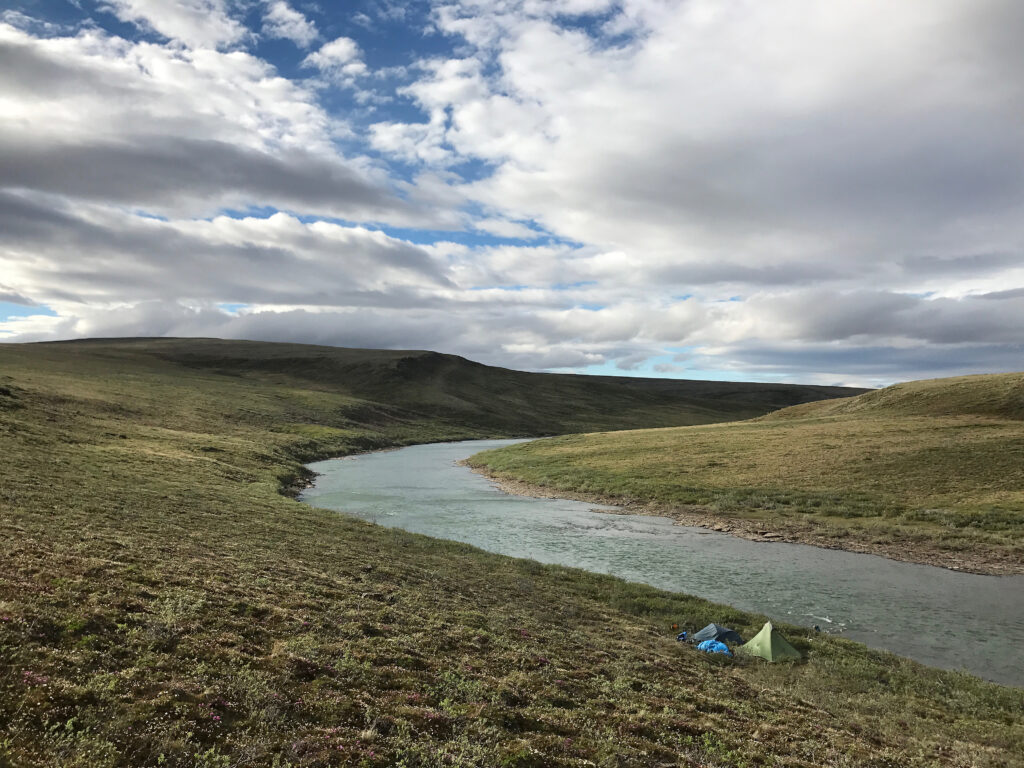
Food waste management presents unique challenges in remote fishing locations but remains essential for both environmental protection and wildlife safety. Implement a “pack it in, pack it out” approach with all food scraps, including seemingly biodegradable items like fruit peels or eggshells that can take months to decompose and may introduce non-native seeds or attract wildlife in the meantime. When meal planning for your trip, minimize packaging by transferring store-bought foods into reusable containers before departure, reducing the volume of waste you’ll need to manage streamside.
For multi-day excursions, consider bringing a small compost container with a tight-fitting lid to store food scraps until they can be properly disposed of upon return. Remember that improperly managed food waste can alter wildlife behavior by creating unnatural food dependencies, potentially leading to dangerous human-wildlife encounters that often end poorly for the animals involved.
Responsible Human Waste Management While Fishing
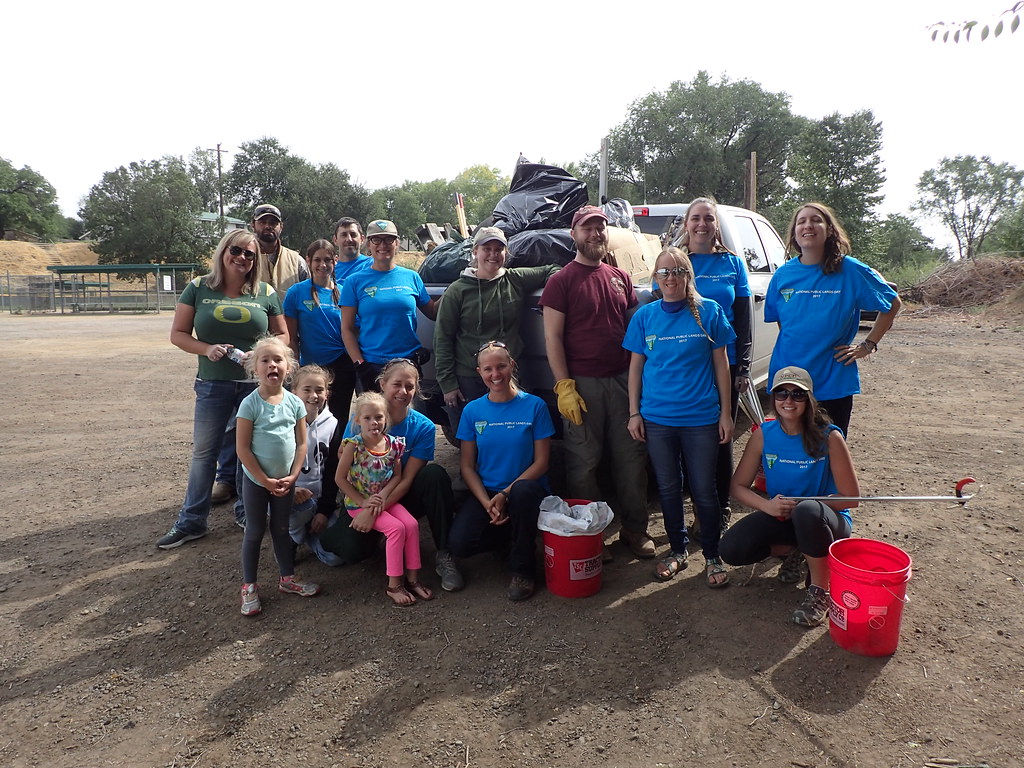
Proper human waste management is perhaps the most overlooked aspect of clean angling practices, yet it’s critical for preventing water contamination and disease transmission.
For established campgrounds, always use designated restroom facilities regardless of distance from your fishing spot or campsite. In backcountry settings, dig a cathole at least 6-8 inches deep and 200 feet (approximately 70 adult steps) away from any water source, trail, or campsite to dispose of solid human waste, then cover thoroughly with natural soil. Toilet paper should be packed out in sealed bags or burned completely when fire regulations permit, never buried where animals might dig it up. For extended trips in sensitive areas, consider portable waste containment systems like WAG (Waste Alleviation and Gelling) bags that allow for complete waste removal.
Addressing this natural necessity with proper planning demonstrates true commitment to environmental stewardship while preserving water quality for both aquatic life and fellow anglers.
Selecting and Using Environmentally Friendly Bait Options
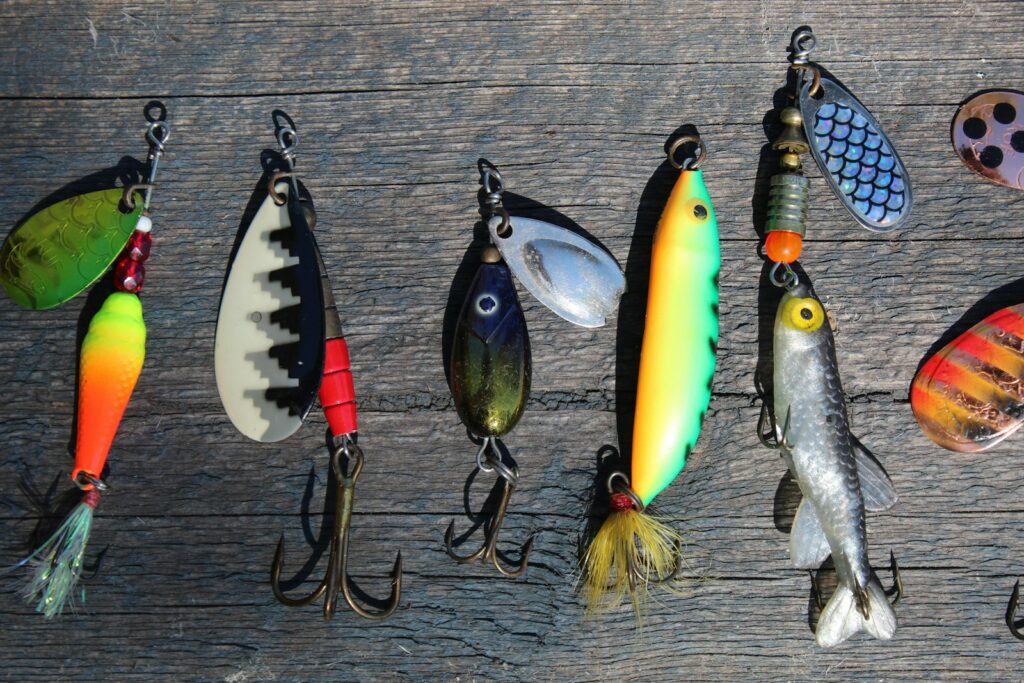
The bait choices anglers make can significantly impact aquatic ecosystems, particularly when non-native species are involved. Live bait presents potential ecological risks if released, as non-native worms, minnows, or insects can become invasive species that disrupt local food webs and outcompete native organisms. When using live bait, never release unused specimens into waters different from where they were collected, instead disposing of them in trash receptacles or freezing before disposal to prevent accidental introduction.
Consider switching to artificial lures that eliminate these risks entirely while often proving equally or more effective for many target species. If using commercially packaged baits, properly dispose of all containers and packaging, being particularly careful with plastic bait packaging that can easily blow away and end up in waterways. By making conscientious bait choices, anglers can prevent unintended ecological consequences while still enjoying productive fishing experiences.
Minimizing Impact on Shorelines and Riparian Areas
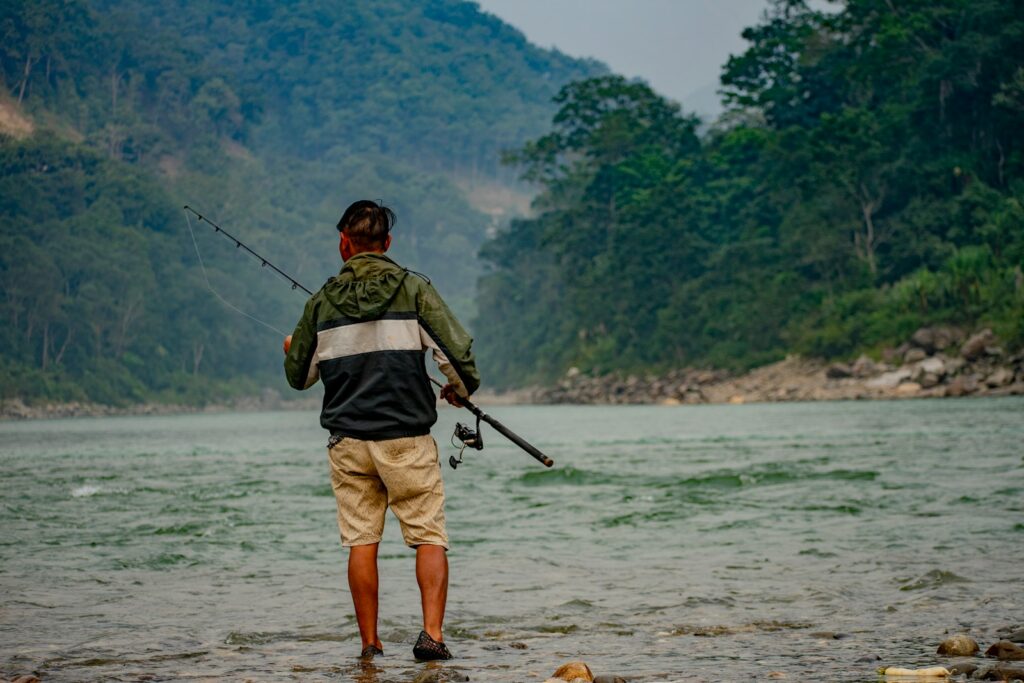
Shorelines and riparian zones—the vegetated areas alongside waterways—serve as critical transition ecosystems between aquatic and terrestrial environments, providing essential habitat, preventing erosion, and filtering pollutants before they enter the water. When accessing fishing spots, use established trails and avoid creating new paths that contribute to erosion and habitat fragmentation.
Resist the temptation to “improve” your fishing spot by removing vegetation, rocks, or woody debris that may actually serve as vital microhabitats for aquatic organisms and shoreline species. For bank fishing, consider using a portable chair or standing mat that distributes your weight rather than repeatedly compacting the same area of shoreline.
If wading is necessary, step carefully to minimize stirring up sediment that can affect water clarity and potentially smother fish eggs or aquatic insect habitat downstream. These conscious choices help preserve the ecological integrity of these sensitive transition zones that are essential for healthy fisheries.
Campfire Management for Anglers
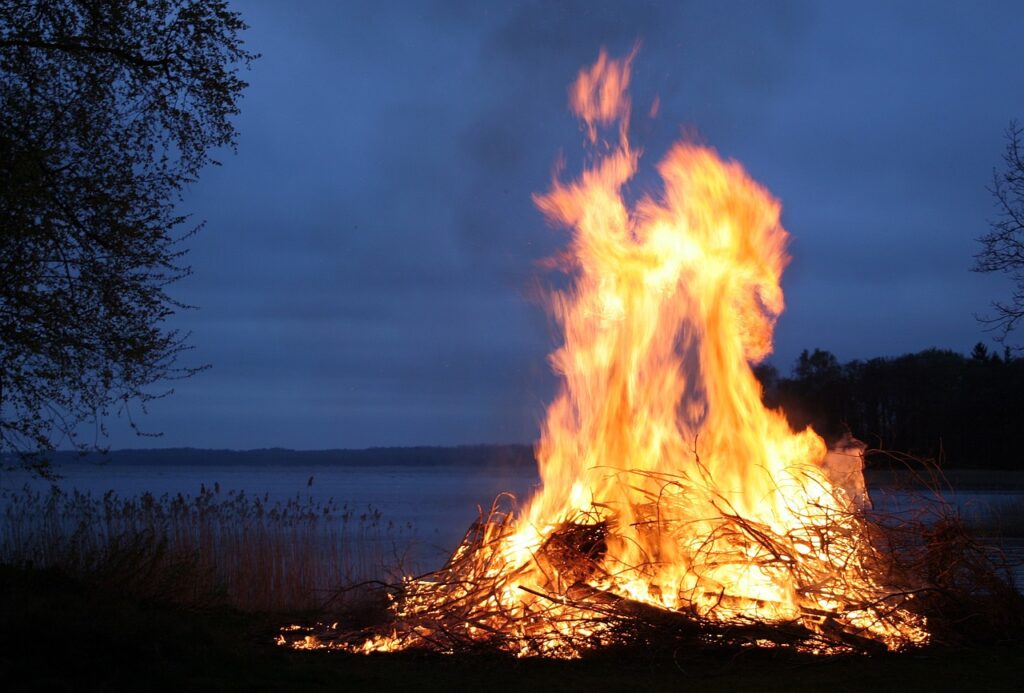
Campfires create ambiance and practical benefits for fishing trips but require careful management to prevent environmental damage. Always check local regulations before planning a fire, as restrictions may be in place due to seasonal conditions or specific ecological concerns. Use established fire rings when available rather than creating new fire scars that can persist for years.
Collect only dead and down wood of appropriate size; never break branches from living trees or uproot stumps that serve as habitat. Keep fires reasonably sized—smaller fires consume less wood, are easier to control, and still provide ample cooking capacity and warmth.
Before departure, ensure fires are completely extinguished by drowning with water, stirring the ashes, and testing for heat with the back of your hand. Properly managed, campfires can enhance the angling experience without degrading the surrounding environment that supports the fisheries we enjoy.
Respecting Wildlife While Angling
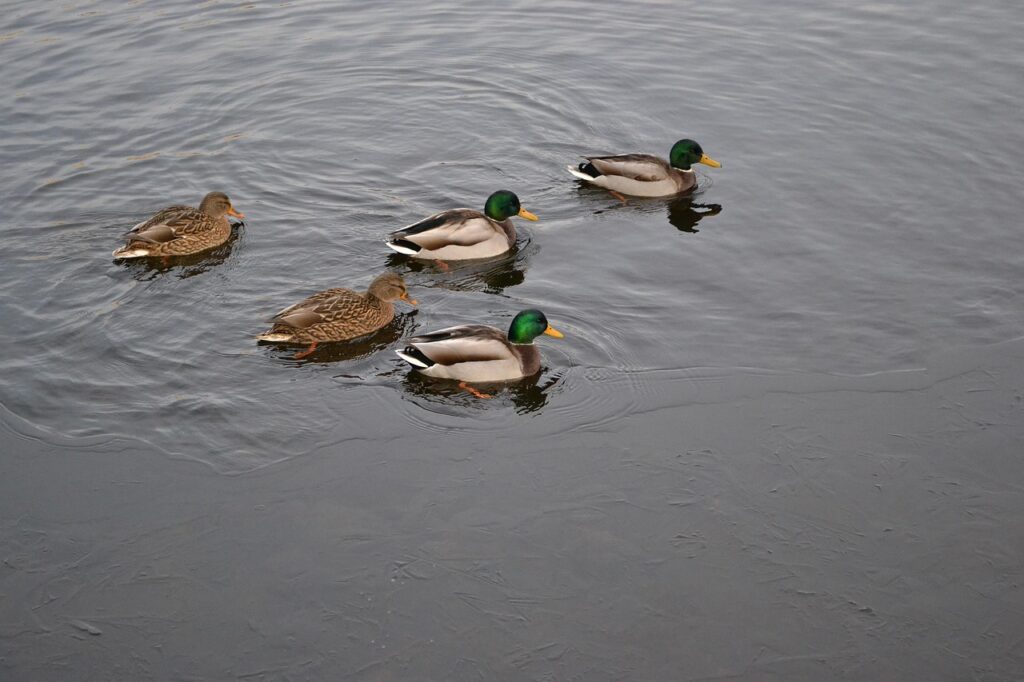
Angling inherently brings us into close contact with wildlife, requiring thoughtful practices to minimize our impact on their natural behaviors and habitat. Observe animals from a distance using binoculars or a camera zoom rather than approaching for closer views, which can cause stress and disrupt feeding, mating, or nesting activities.
Never feed wildlife, even seemingly harmless species like ducks or squirrels, as this creates unnatural dependencies and can lead to aggressive behavior toward other visitors. Properly store food and scented items in wildlife-proof containers to prevent attracting animals to your campsite, which can lead to dangerous encounters and often results in the animal being relocated or euthanized.
When photographing wildlife encountered during fishing trips, avoid using flash photography that can startle animals and temporarily affect their vision. These respectful practices allow for meaningful wildlife encounters while maintaining the natural behaviors that make these observations special.
Teaching Clean Angling Practices to New Fishermen
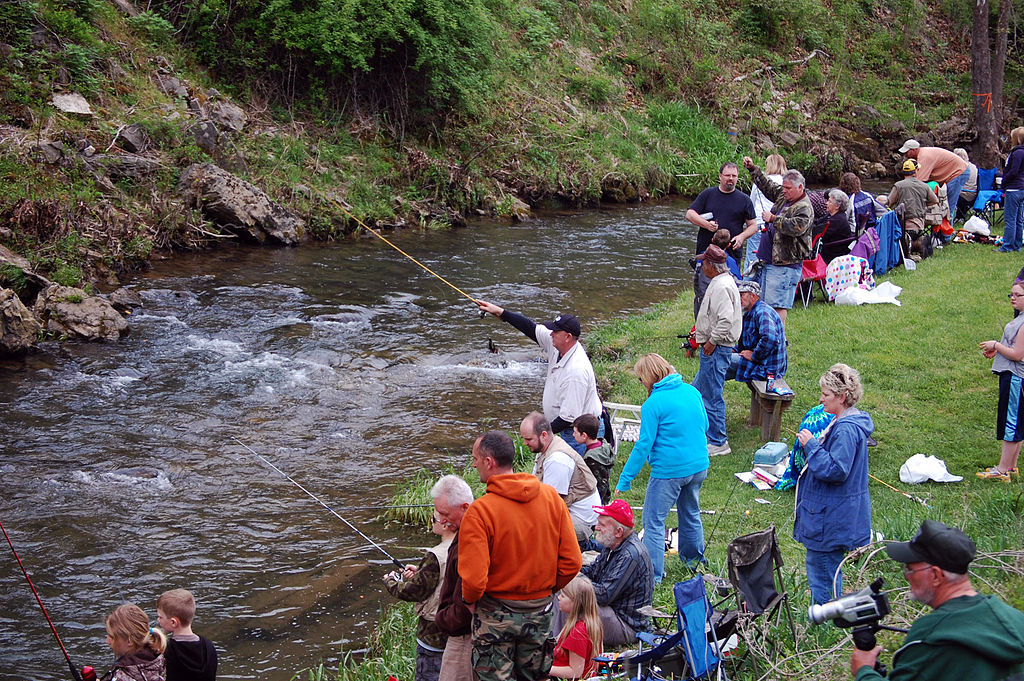
Experienced anglers have a unique opportunity to instill environmental ethics in newcomers to the sport, ensuring future generations continue responsible stewardship traditions. When mentoring new fishermen, explicitly incorporate environmental considerations into your instruction, explaining not just how to catch fish but how to minimize impact while doing so.
Demonstrate proper waste management practices by bringing along appropriate containers and clearly showing how to dispose of different materials. Share stories about how angling environments have changed over time—both improvements and degradations—to provide context for why conservation practices matter.
Encourage questions about environmental practices and acknowledge when you’re unsure about the best approach, using these moments as opportunities to research answers together. By integrating conservation principles into the fundamental skills of angling, mentors help establish these practices as essential rather than optional components of the fishing experience.
Community Clean-up Initiatives for Anglers
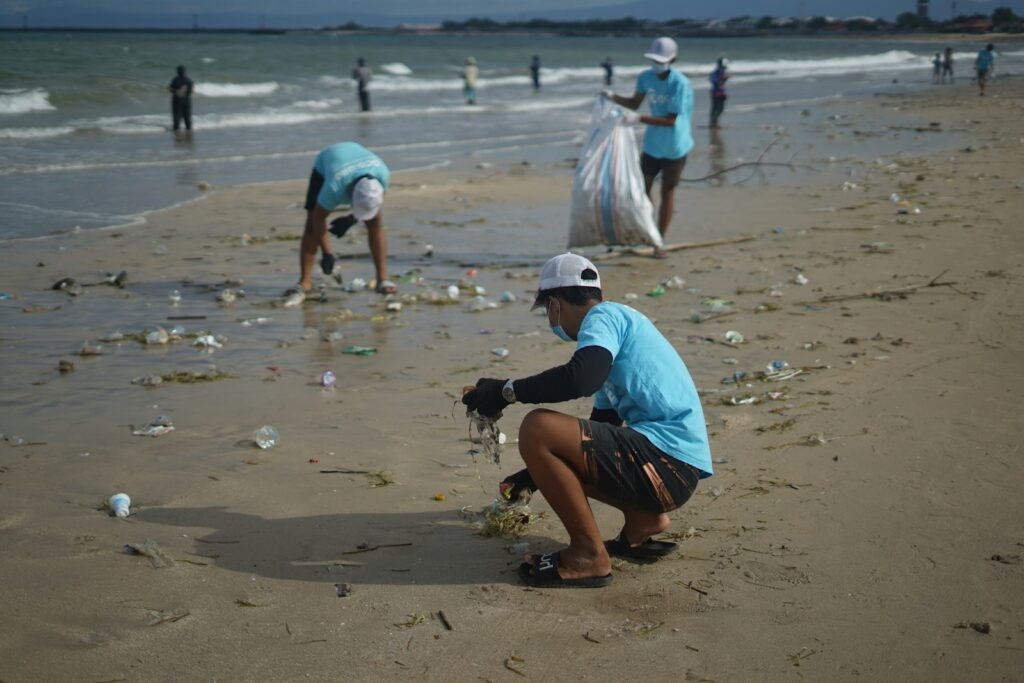
Beyond maintaining personal responsibility for our own impact, many anglers are taking proactive roles in restoring and preserving the waterways they cherish through organized clean-up efforts. Consider participating in established events like the American Sportfishing Association’s “Keep America Fishing” clean-ups or local watershed association activities that specifically target fishing areas. For frequent visitors to particular locations, consider initiating an “Adopt-a-Shoreline” program where regular anglers commit to periodic maintenance of specific areas.
When organizing informal clean-ups with fishing companions, bring appropriate safety equipment including heavy gloves, grabber tools, and puncture-resistant containers for handling potentially hazardous debris like broken glass or rusted metal. Document your efforts through before-and-after photographs shared on social media or with conservation organizations to inspire similar actions by others. These collective efforts amplify individual actions and can transform neglected fishing areas into showcases of environmental stewardship.
Embracing Leave No Trace Principles for Anglers
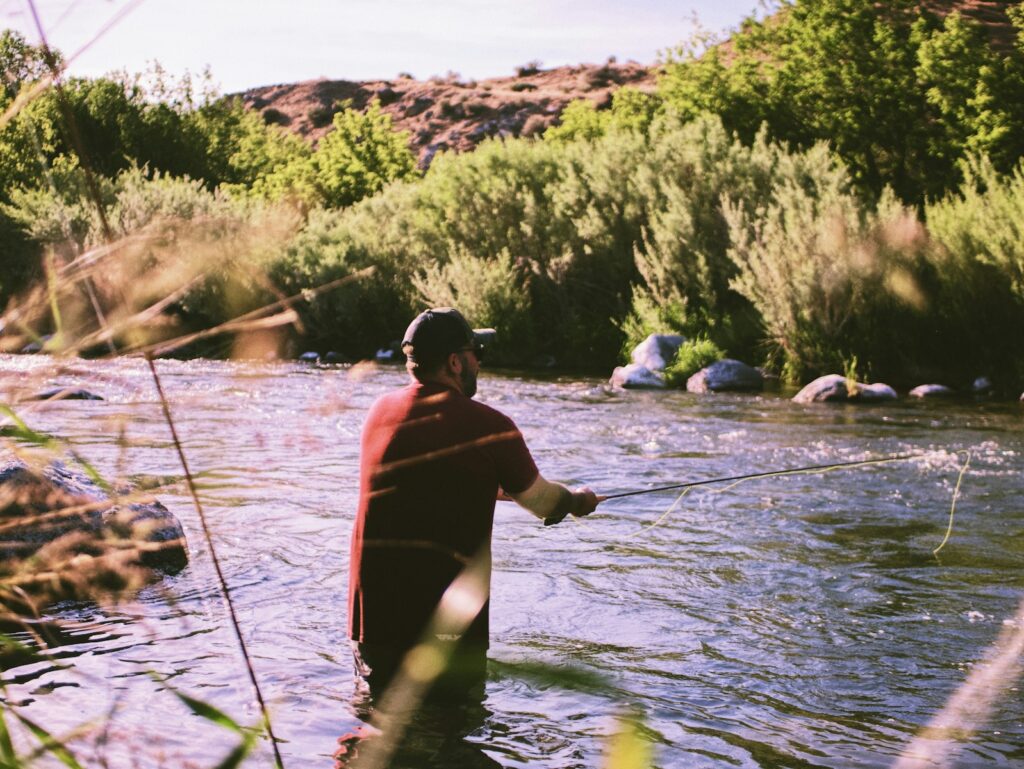
The Leave No Trace (LNT) ethos provides a comprehensive framework for minimizing environmental impact that can be specifically applied to angling activities. The principle of planning ahead becomes particularly relevant when considering weather conditions that might affect waste management, such as strong winds that could scatter lightweight items.
Traveling on durable surfaces extends to careful wading practices that avoid disrupting spawning beds or sensitive aquatic vegetation. Proper waste disposal encompasses not just obvious trash but also fish entrails, which should be buried away from water sources or packed out rather than discarded in the water where they might alter natural nutrient balances.
Leaving natural objects undisturbed means resisting the temptation to create “personal improvements” to fishing spots that might seem minor individually but could have cumulative impacts when practiced by many. By adapting these established outdoor ethics specifically to angling contexts, fishermen can ensure their presence leaves waterways as pristine as they found them—or better.
Conclusion
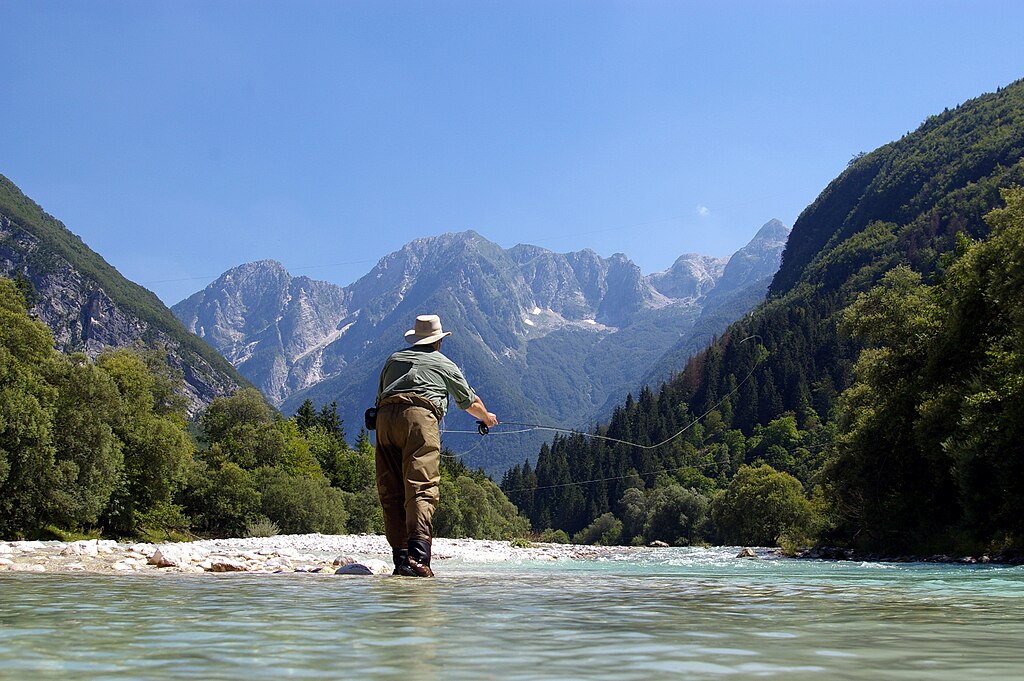
Maintaining clean campsites and waterways while angling represents both an ethical obligation and a practical necessity for the continued enjoyment of our natural resources. The actions we take today—from properly disposing of fishing line to participating in community clean-ups—directly influence the quality of fishing experiences available tomorrow.
As technology advances and fishing pressure increases on many waterways, the importance of individual responsibility grows proportionally. By implementing the practices outlined in this article, anglers can minimize their environmental footprint while maximizing their connection with the natural world.
Remember that true sportsmen and women are defined not just by their fishing skills, but by their commitment to preserving the environments that make their passion possible. The future of angling depends not on the fish we take, but on the care we demonstrate for the waters that sustain them.

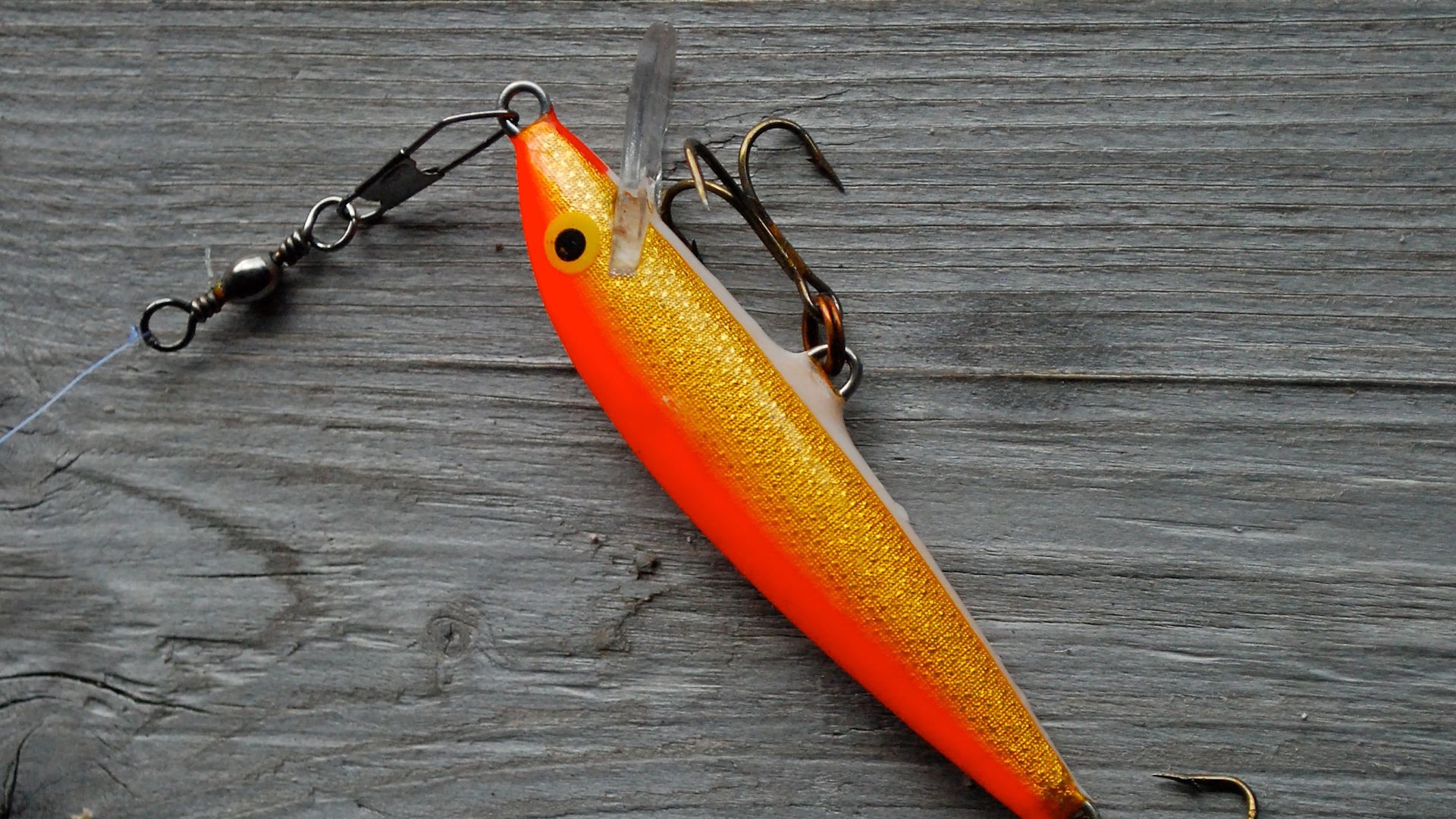


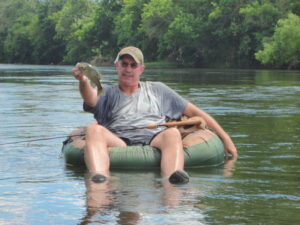
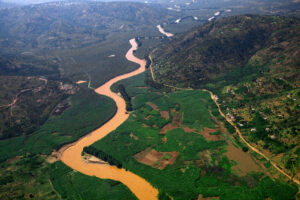








Post Comment